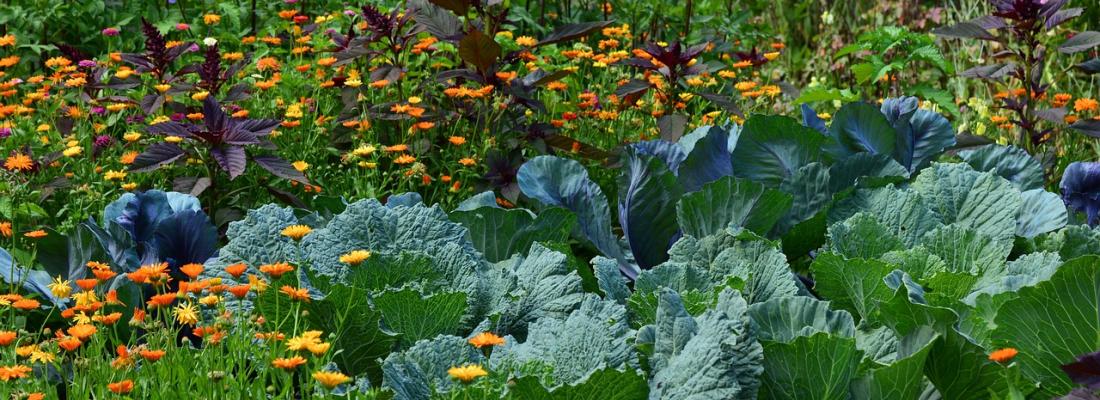Agroecology Reading time 3 min
Enzyme pair responsible for prompting fungal infection in plants
Published on 22 December 2022

While working on an applied research project funded by the French National Research Agency, a team of researchers* made an unexpected discovery. The aim of the FUNTASTIC project was to identify enzymes in fungi that are naturally capable of producing citrus-scented molecules to be used in perfumes.
The team observed that a pair of enzymes systematically appeared together—an enzyme A (alcohol oxidase) and an enzyme B (peroxidase), essential for enzyme A activation. The systematic presence of this tandem of oxidative enzymes (A+B) in certain phytopathogenic fungi—Colletotrichum, Magnaporthe—intrigued the scientists.
As a result, a multidisciplinary consortium working at the interface between enzymology and the biology of phytopathogenic fungi was set up by INRAE researchers, with the participation of experts from the CNRS and the CEA, as well as other teams from Japan, Spain and Canada. A model pathogenic fungus—Colletotrichum orbiculare—was selected to study the impact of this enzyme tandem on the fungus’ virulence.
The result was clear: without either enzyme A or enzyme B, the fungus was no longer able to infect the plant. This means that the A+B pair is required for the pathogenicity of the fungus. Both enzymes are co-secreted by the fungus and co-localised at the point of entry, before plant penetration. More specifically, these two enzymes must be present to modify certain compounds1 on the surface of the plant's leaves, at the cuticle, its outer defensive barrier.
Furthermore, the research shows that the aldehyde resulting from the enzymatic reaction acts as a signal, prompting the fungus to penetrate deeper plant tissue.
This study provides valuable data on the infection strategies of these pathogenic fungi. A better understanding of their highly complex and finely regulated mechanisms could ultimately lead to the development of new crop protection strategies.
1Long-chain aliphatic alcohols form a protective barrier on the surface of the leaf against a wide range of pathogens, such as fungi, bacteria and insects.
Aggressive fungi
Colletotrichum and Magnaporthe fungi presenting this particular enzyme tandem are the causative agents of widespread plant diseases such as anthracnose and blast. These diseases have a major impact on crop yield, in vegetables, fruit and cereals. To puncture the plant cuticle, fungal spores form an infection structure—called the appressorium—which exerts mechanical pressure against the plant tissue. Although much studied internationally, the underlying molecular mechanisms are not yet fully understood.
Reference
Bastien Bissaro†, Sayo Kodama†, Takumi Nishiuchi, Anna Maria Díaz-Rovira, Hayat Hage, David Ribeaucourt, Mireille Haon, Sacha Grisel, A. Jalila Simaan, Fred Beisson, Stephanie M. Forget, Harry Brumer, Marie-Noëlle Rosso, Victor Guallar, Richard O ́Connell, Mickaël Lafond, Yasuyuki Kubo* and Jean-Guy Berrin*. Tandem metalloenzymes gate plant cell entry by pathogenic fungi. Science Advances. DOI: 10.1126/sciadv.ade9982
